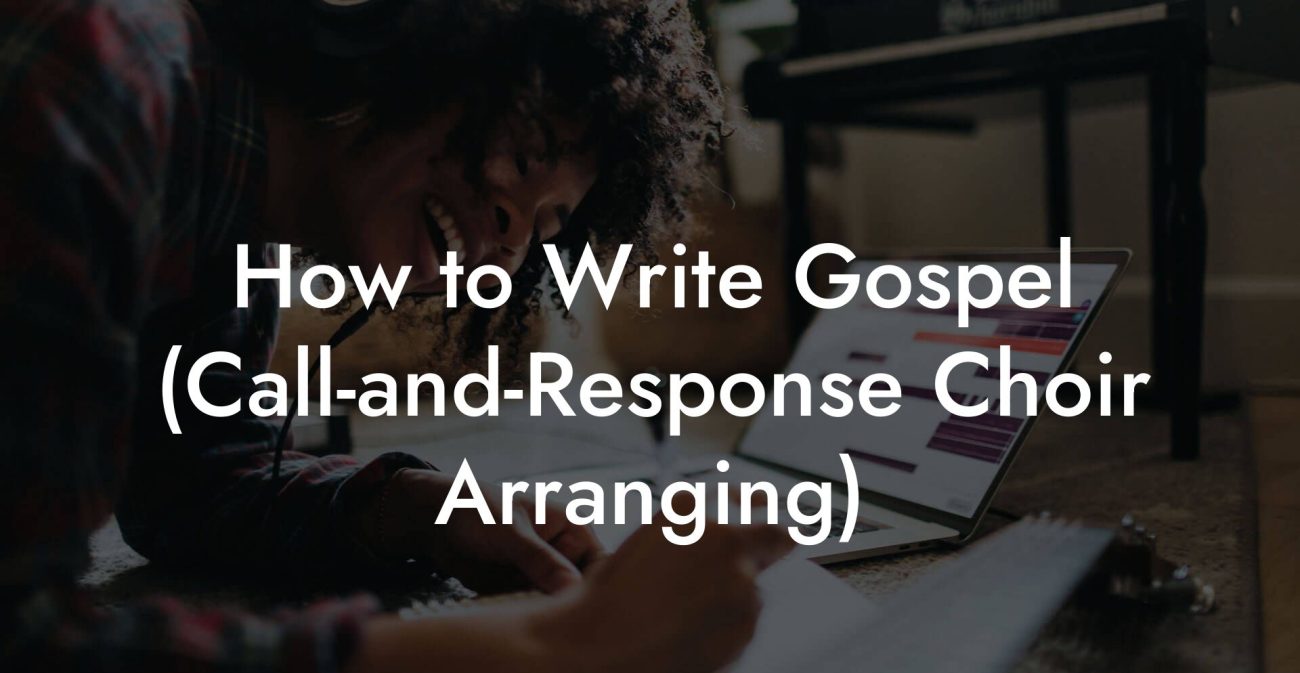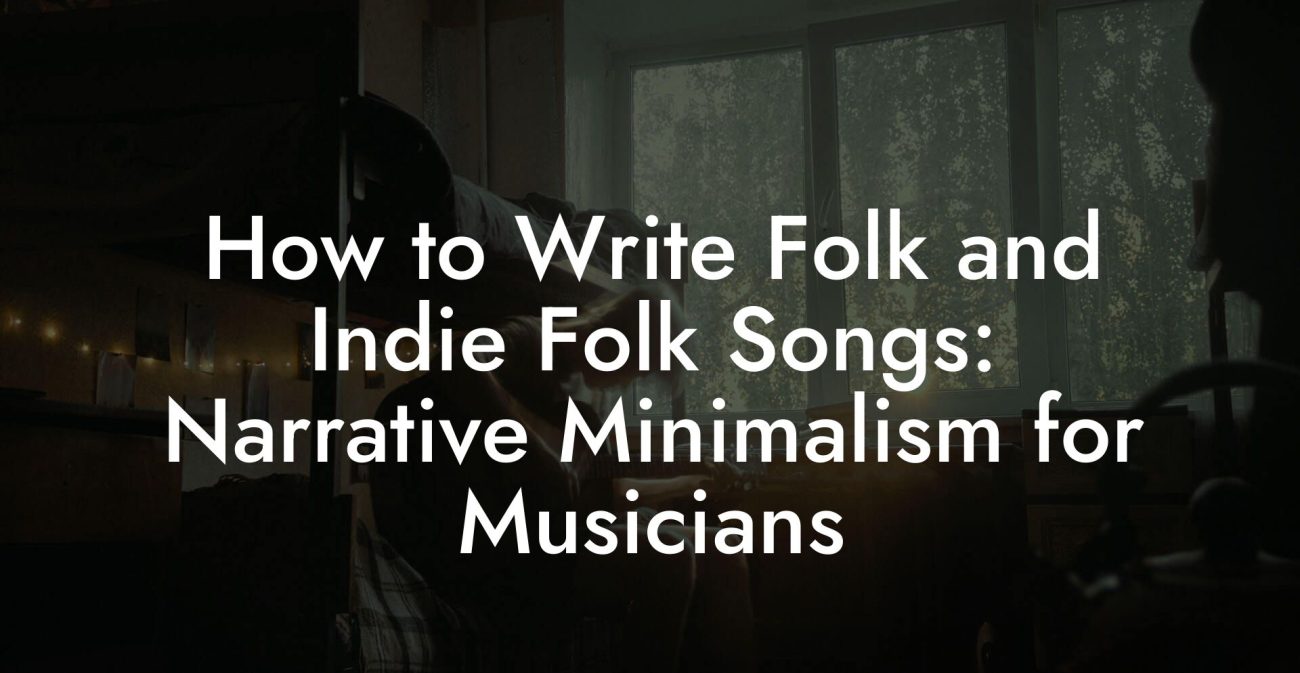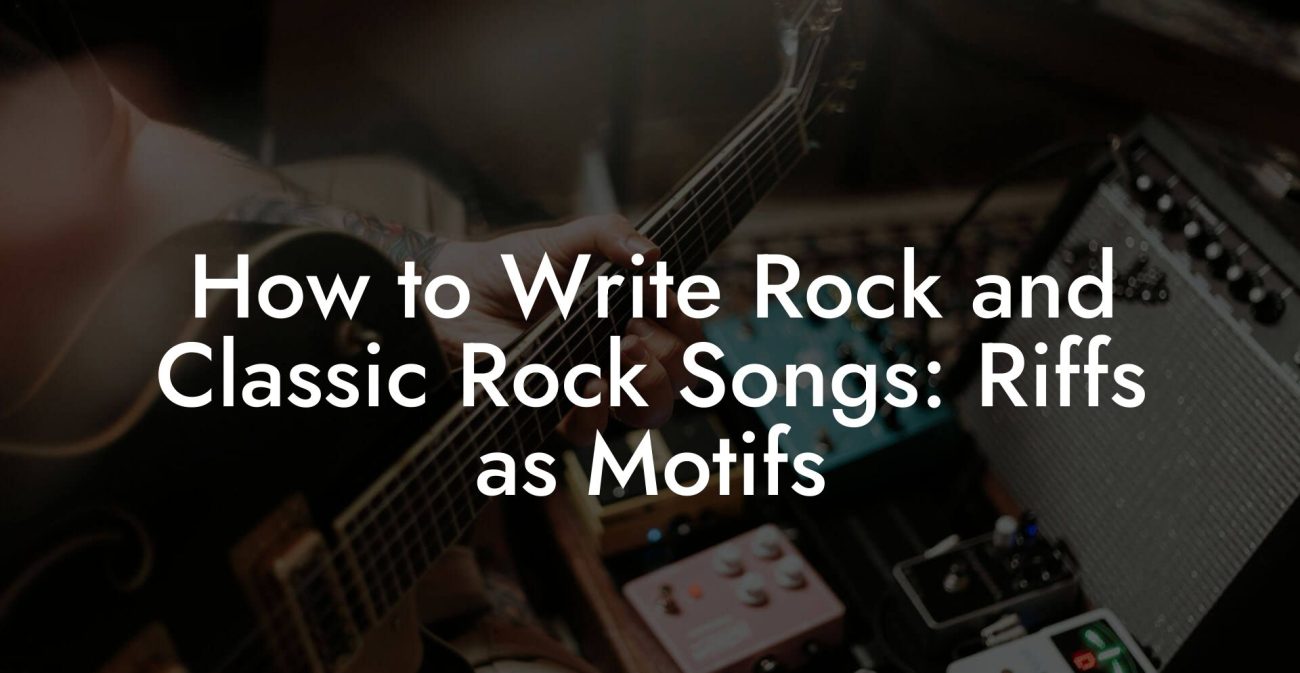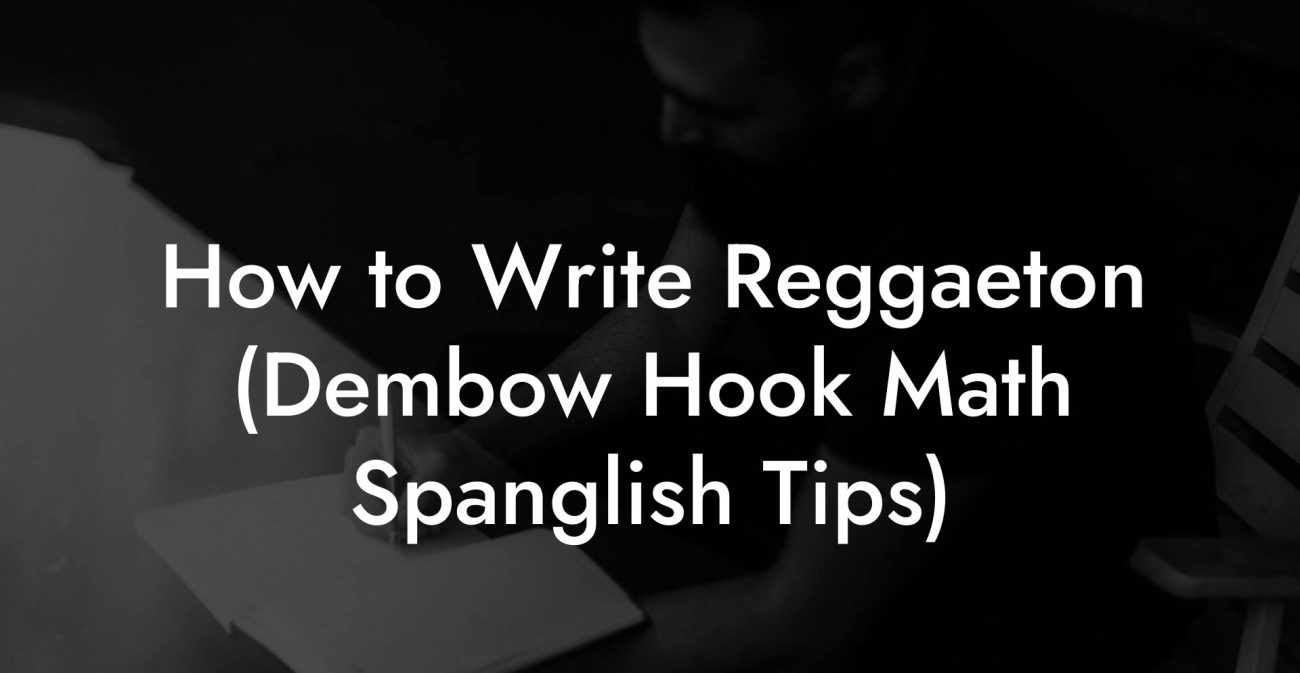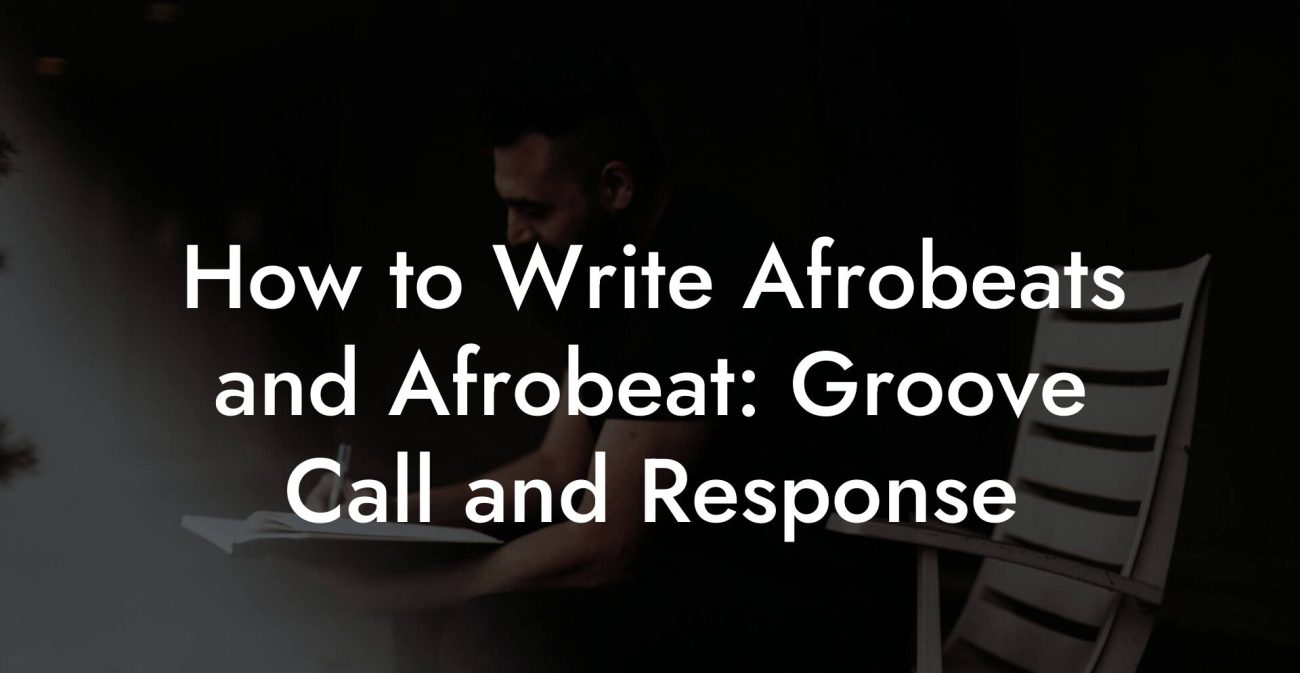Songwriting Advice
How to Write K-Pop: Sections, Chants, Post Chorus Magic
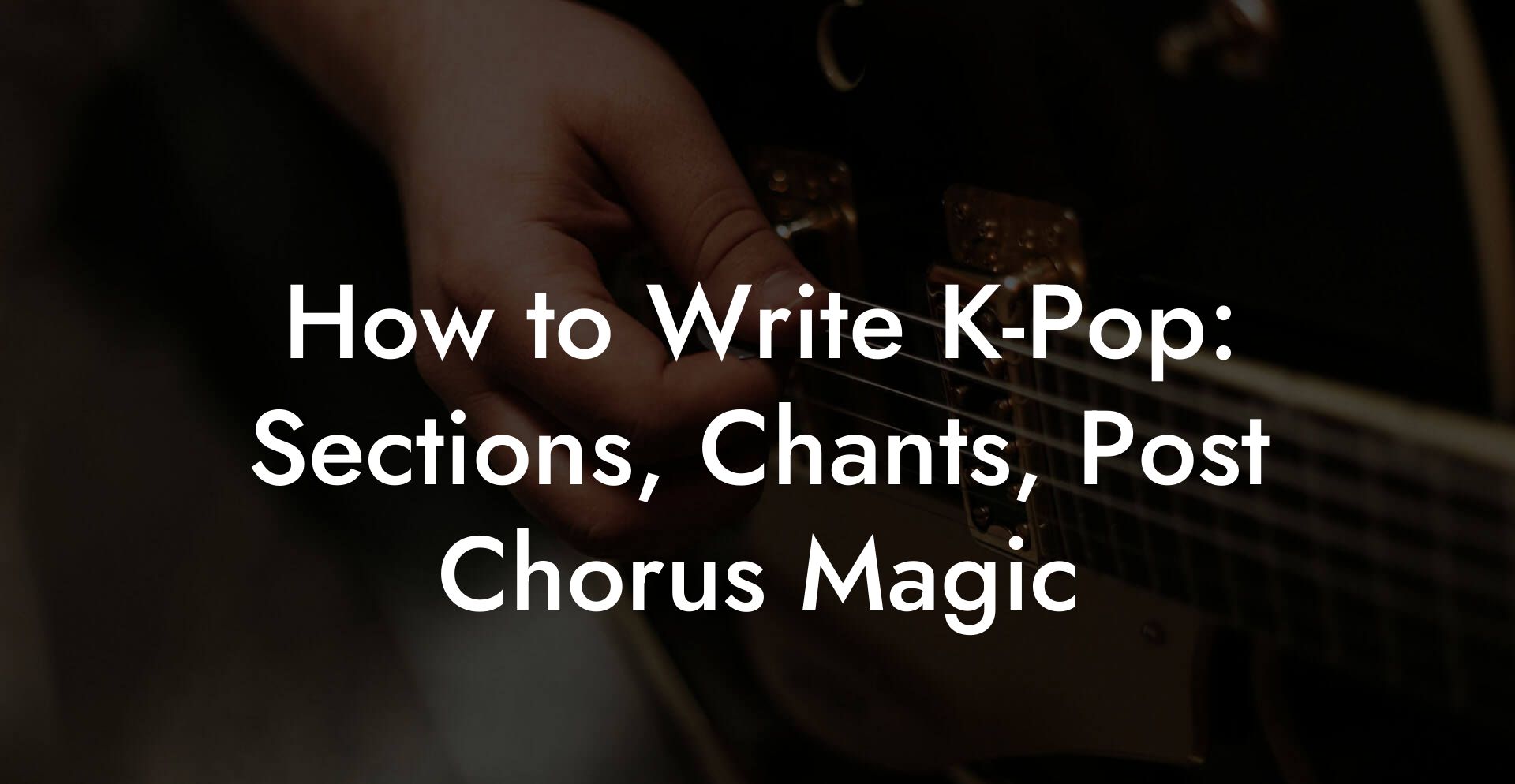
Want a K-Pop song that lands in the heart, trends on socials, and sparks a fanchant the minute the chorus hits? You are in the right place. This guide breaks K-Pop songwriting down into practical sections with templates you can steal, examples you can sing into your phone, and real world scenes to help you choose the exact word that slaps on stage.
Quick Interruption: Ever wondered how huge artists end up fighting for their own songs? The answer is in the fine print. Learn the lines that protect you. Own your masters. Keep royalties. Keep playing shows without moving back in with Mom. Find out more →
Quick Links to Useful Sections
- Why K-Pop songwriting needs its own rulebook
- Core K-Pop song anatomy
- Designing sections that work on stage and on feed
- Intro that plants a motif
- Verses that move like camera shots
- Pre chorus as the cinematic lift
- Chorus that is repeatable, singable and visible
- Post chorus explained and why it matters
- Writing post chorus hooks you can sell
- Chants, fanchants and crowd architecture
- How to write a fanchant friendly chorus
- Bilingual lines and global hooks
- Hooks and melody shapes that fit K-Pop
- Lyric craft for K-Pop
- Rap sections and placement
- Arranging for choreography and camera
- Vocal production tips for a glossy K-Pop sound
- Practical songwriting templates you can steal
- Template A: Fast pop slice
- Template B: Dance floor monster
- Micro prompts to write faster
- Common K-Pop mistakes and fixes
- Real world examples broken down
- Example: The stadium anchor chorus
- Example: The viral TikTok moment
- Checklist for finishing a K-Pop title track
- Prompts and examples you can use now
- Mood: Confident club anthem
- Mood: Wistful late night ballad
- How to test your song before release
- Copyright and ownership basics you must know
- Action plan you can execute this week
- Glossary of K-Pop writing terms
- K-Pop Songwriting FAQ
This is for millennial and Gen Z artists who love a good chorus, know their TikTok audience, and are not afraid to be dramatic. We will cover structure, sections, chants, post chorus hooks, bilingual tactics, fanchants, arrangement tricks, and lyrical mindset. Every jargon word will be explained like you asked your smart friend at 2 a.m. to translate. Expect humor, blunt truth, and immediate things you can do right now.
Why K-Pop songwriting needs its own rulebook
K-Pop is not a single sound. K-Pop is an industry ecosystem. Songs are vehicles for choreography, visuals, variety TV moments, streaming algorithms, and the fan culture known as fandom. That means your song must be musically memorable, performatively clear, and shareable as a moment. Write for the ear, the stage, and the phone camera at the same time.
Practical example: imagine your chorus lands while the camera pans to a synchronized hand motion. The audience in the arena will learn the move, the clip goes to TikTok, and suddenly your hook runs with the choreography. You wrote a cultural artifact, not just a song.
Core K-Pop song anatomy
Most K-Pop hits share the same organs. Learn to operate them.
- Intro: Sets mood and often contains a motif that repeats visually and sonically in the MV, or music video.
- Verse: Tells the story in specific details. Lower energy range. This is where character lives.
- Pre chorus: Tension builder. Shorter phrases, rising melody and production to point at the chorus.
- Chorus: The emotional thesis and the title line. Big, catchy, singable, often bilingual to widen appeal.
- Post chorus: The earworm engine. This is a short repeated melodic or rhythmic hook that extends the chorus moment.
- Bridge: Contrast. An emotional twist or a rap break that changes the viewpoint.
- Final chorus and outro: Often adds ad libs, choreography tag, or a chant break.
Terms explained
- Fanchant: The coordinated, live crowd chant or response that fans shout during specific moments in a live performance. Think call and response that everyone practices in the fandom Discord server. Real life scenario, you are at a rooftop gig, and the crowd screams a simple name call the moment the chorus drops.
- Topline: The sung melody and lyrics over the instrumental. If the beat is the skeleton, the topline is the face people learn first.
- MV: Music video. Short for music video. You need a visual plan when you write because many K-Pop decisions are visual first.
- Aegyo: Cute, playful gestures or voice tones that show charm. Use with care unless your concept is sugar and sparkle.
- Makeup term: Title track: The single a group promotes on music shows. This is where you put your biggest hook.
Designing sections that work on stage and on feed
Every section must answer two questions. What does the camera do? What does the crowd do? If you can visualize both, your section will have life.
Intro that plants a motif
Open with one memorable sound or visual cue. It can be a vocal chop that later becomes a chant, a synth sting, or a percussive motif that matches a dance hit. The intro should be short. Modern attention spans adore instant identity. If you can name the song in three sounds, you are doing it right.
Real life scenario: Kicking a show by repeating a four note synth that the dancers match with a hand clap locks a motif in the viewer how does this translate to streaming? A viewer rewatches the clip to catch the choreography and the sound becomes a recognizable branding device.
Verses that move like camera shots
Verses are not the place to be mysterious. They are the place to be cinematic. Use action verbs and objects. Give tiny details that cameras love. Time crumbs are gold. Make the verse feel like a short film scene.
Before: I miss you every day.
After: Your mug sits by the sink with lipstick by the rim, and the kettle clicks at noon like it is waiting for you.
Pre chorus as the cinematic lift
The pre chorus tells the ears we are climbing. Use shorter phrases, rhythmic vocal patterns, or a beat switch. The pre chorus can tease the title phrase without saying it. In K-Pop, the pre chorus often contains choreography building steps so think in physical motion as you write.
Chorus that is repeatable, singable and visible
The chorus should resolve the pre chorus with a melody that is easy to hear on first listen. Titles often include English lines to help international fans sing along. Keep the core promise short and repeat key words. In many K-Pop songs the chorus is less about lyrical complexity and more about emotional and physical payoff.
Post chorus explained and why it matters
The post chorus is a small musical or vocal tag that keeps the momentum after the chorus. Think of it as the aftertaste that makes listeners want another bite. It is usually between four and eight bars and can be completely non lyrical, like a vocal riff, a chant, or a rhythmic hook. This is the moment people loop into a TikTok.
Real life scenario: The chorus drops, the crowd screams the title, then the post chorus gives them a three word chant to scream while the dancers hit a pose. Clips go viral. That three word chant enters the fandom's lexicon. Merch follows.
Writing post chorus hooks you can sell
Post chorus hooks are small but lethal. They are the sticky part of your song. They can be vocal tag lines, onomatopoeia, a vocal riff, or a chant. Here is how to build one.
- Start with rhythm. Clap or tap a four to eight bar rhythm that follows your chorus tail. Keep it tight.
- Choose a focal sound. Use a short word, a syllable, or an invented vocalization like whoa, yah, oh-oh, or yah-ya. Keep it phonetic and singable.
- Repeat and vary. Repeat the focal sound two to three times, then add a variation on the last repeat. Variation can be a pitch shift, a harmony, or an extra word.
- Make room for choreography. Write the post chorus so it leaves space for a one second pose or movement. Silence in production makes the pose feel massive.
Example templates
- Vocal riff: "oh oh wah oh" repeated with an ascending melody, then finish with the title as a one note drop.
- Chant tag: "Hey hey [title]" repeated twice, then cut to percussion for the drop back to verse.
- Onomatopoeia: "bap bap bap" as a rhythmic percussive vocal, with ad libs on the final bar.
Chants, fanchants and crowd architecture
Fanchants are culture. They are rehearsed by fandoms for live shows and they spread online. Writing a song that accommodates a fanchant is strategic. Keep the fanchant short, memorable, and timed to the chorus. Fanchants increase streaming, because fans clip performances and teach the chant in reaction videos.
How to write a fanchant friendly chorus
- Leave a moment of vocal space on the chorus main line for the crowd to shout back. A one beat rest before the title line is perfect.
- Create a chant cue. Example cue: beat break followed by the lead vocal holding a note for two beats. That is the cue for the crowd to yell a prearranged line.
- Use simple words for the chant. Short names, the title, a repeated phrase like fight or shine work well.
- Add a leader line for live shows. This is often the first sung line that signals the chant. Fans follow.
Fanchant examples
Imagine the chorus line is the title "Break Out Tonight". The fanchant can be
Leader sings: Break out tonight. Fans respond: Break out. Fans chant leader's cue on repeat: Break out, Break out.
Real life scenario. You are at a music show and the crowd yells the chant. TV cameras capture the moment. Clips trend. New listeners hear the chorus and the chant and are more likely to stream the studio track because the live performance felt like an event.
Bilingual lines and global hooks
K-Pop is global. Using a mix of Korean and English increases singability worldwide. But bilingual does not mean random English. The English line should be the hook or the emotional core. Keep it simple and idiomatic.
Practical rules
- Use English for the title or the chorus hook if you want quick international singalong appeal.
- Keep English lines grammatically correct and short. Avoid awkward translations that sound clunky in practice.
- Use Korean for nuance, atmosphere, and culture specific moments. Korean can be the melody carrier while English is the chorus anchor.
Example
Chorus: I want you now, 지금 너와 (jigeum neowa). Repeat the English title then finish with a Korean ad lib that gives texture. The mixture creates familiarity and local flavor.
Hooks and melody shapes that fit K-Pop
Melody is emotional architecture. K-Pop loves melodies that move through contrast and hit the chorus with a leap or a rhythmic motif. Use contour that matches choreography. For instance use stepwise motion in the verse and a leap into the chorus title so the crowd can anchor the movement to the sound.
Exercises
- Vowel pass. Sing on open vowels like ah and oh for the chorus. Mark the part you want fans to sing. This becomes the title anchor.
- Call and response pass. Create a 2 bar line and then a 2 bar response phrase. The response can be a chant or an instrumental tag.
- Range test. Make the chorus sit slightly higher than the verse by a third or a fourth. This creates perceived lift while keeping it singable.
Lyric craft for K-Pop
K-Pop lyrics can be poetic, but the best hits are clear. Your goal is to create lines that look good in subtitles, are quotable on social, and are singable live. Keep the main emotional sentence short. Use imagery in verses to build atmosphere.
Tips
- One core promise. Write a single line that states the song's emotional idea. Make that the chorus spine.
- Use a concrete detail per verse. Objects, times, places. Fans remember scenes better than general feelings.
- Use repetition strategically. Repeating a phrase makes it memetic and easy to chant.
Relatable scenario. You are writing a breakup anthem and you include the detail that the other person left their hoodie on the chair. That hoodie becomes a lyric that fans tattoo and meme. Make it visible and specific.
Rap sections and placement
Rap is a K-Pop staple. Rap sections provide contrast and punch. Place rap where the song needs a voice that cuts through production. A good rap section can recap the chorus idea from a tougher or angrier angle.
How to write them
- Keep lines punchy and rhythmic. Rap in K-Pop is more about phrasing and attitude than complex multisyllabic rhyme stacks.
- Use English sparingly in rap. Short English lines can punctuate flows and increase shareability.
- Write rap with choreography in mind. Raps often come with a sharp dance moment.
Arranging for choreography and camera
Arrangement choices can increase a song's viral potential. Use dynamics to leave space for a pose and to highlight a pre chorus drop. Cuts and breaks are your friends. Silence is dramatic in a visual performance.
Techniques
- Beat breaks before the chorus. One or two bars of stripped production before the chorus give the chorus more impact.
- Post chorus space. After a small post chorus chant, leave a beat of near silence for a camera close up.
- Instrumental motifs. Reuse the intro motif as a bridge anchor. Fans will spot continuity between MV shots.
Vocal production tips for a glossy K-Pop sound
Vocals in K-Pop are tightly produced. You want clarity, energy, and character. Use doubles on the chorus, keep verses intimate, and let the lead vocal breathe in key moments.
Quick checklist
- Lead performance: intimate in verses, bigger vowels in chorus.
- Double tracks: double the chorus main line for width. Keep the doubles slightly offset.
- Ad libs: reserve distinctive ad libs for the final chorus to create a live moment.
- Auto tune: tasteful use can add pop sheen. Avoid robotic over processing unless the concept demands it.
Practical songwriting templates you can steal
Template A: Fast pop slice
- Intro motif 4 bars
- Verse 8 bars, small room for detail
- Pre chorus 4 bars, rise in melody and production
- Chorus 8 bars, English title in first two bars
- Post chorus 4 bars, chant or vocal riff
- Verse 2 8 bars, add new detail
- Pre chorus 4 bars
- Chorus 8 bars
- Bridge 8 bars, rap or breakdown
- Final chorus double with ad libs and extended post chorus
Template B: Dance floor monster
- Cold open post chorus chant 4 bars
- Verse 1 8 bars with stripped drums
- Pre chorus 4 bars with snare build
- Chorus 8 bars heavy drums and doubled vocals
- Drop into instrumental break for choreography 8 bars
- Verse 2 8 bars keep energy
- Full chorus 8 bars
- Bridge with rap 8 bars
- Final chorus 16 bars with extended chant outro
Micro prompts to write faster
Timed exercises force instinct. Set your phone and try these.
- Title sprint. Ten minutes. Write nine possible titles for the song. Pick one that sings and that fans can chant.
- Post chorus drill. Five minutes. Make a four bar post chorus that uses only two words. Repeat and vary on the last bar.
- Chant practice. Five minutes. Create a fanchant leader line and a one word fan response. Clap and speak it out loud to check timing with the chorus downbeat.
Common K-Pop mistakes and fixes
- Too many ideas in the chorus Fix by committing to one emotional verb or promise and repeating it.
- Post chorus is weak Fix by making it shorter and more rhythmic. Repetition breeds recall.
- Choreography has no sound cue Fix by writing a percussive or vocal cue that matches the movement.
- Bilingual lines feel forced Fix by simplifying English lines to familiar idioms. Keep translations natural.
Real world examples broken down
We will analyze two archetypal moments you can emulate. We will not name songs. We will extract tactics.
Example: The stadium anchor chorus
Tactic used
- English title repeated twice for international singalong
- Post chorus chant that is three syllables long so arena crowds can yell it without losing breath
- One beat of silence before chorus to cue camera close up
Why it works
The repetition creates memory. The silence makes the moment cinematic. The short chant becomes a fandom badge.
Example: The viral TikTok moment
Tactic used
- Intro motif that is 1 second long and visually tied to a hand gesture
- Post chorus with a vocal riff that loops every 8 bars so creators can cut 15 second clips easily
- Bilingual chorus that uses English for the hook and Korean for the emotional twist
Why it works
TikTok needs repeatable, short moments. The motif plus the riff equals a template for creators. English hook increases global participation.
Checklist for finishing a K-Pop title track
- Is the title short and repeatable on first listen? Fans should be able to sing it after one chorus.
- Does the post chorus give a clear three to six second tag that can be looped? If not, compress it.
- Is there a clearly notated spot for a fanchant leader? Make it obvious to the live crowd.
- Does the arrangement include a camera moment? Build one in with a beat break or a one beat silence.
- Are bilingual lines natural and singable? Say them out loud to a native speaker or a friend and adjust.
- Does the rap section add a new angle or energy? If it repeats the chorus, rewrite for contrast.
Prompts and examples you can use now
Pick a mood, then use these exact prompts.
Mood: Confident club anthem
- Title idea: Own The Night
- Chorus spine: I own the night, say it loud, I own the night
- Post chorus tag: Hey hey own it, hey hey own it
- Fanchant: Leader says Own the night. Fans respond Own it, Own it.
Mood: Wistful late night ballad
- Title idea: Window Light
- Chorus spine: Window light, you left it on
- Post chorus tag: oh oh, oh oh (ascending) finish with a single held note
- Fanchant: Soft whisper chant during live ballad. Fans echo the phrase on a quiet cue.
How to test your song before release
Testing is about clarity and contagion. You want fast feedback on whether the chorus is memorable and whether choreography cues match the music.
Testing steps
- Play the chorus for five people who do not know the song. Ask them to hum it after one listen. If they cannot, rewrite.
- Film the dance tag and post an unedited clip to a small fan group. Listen to comments about timing and singability.
- Send the lyric for subtitle check. Make sure bilingual lines look good on screen and read naturally.
- Try a pre release snippet on social. Measure comments and duet attempts. If creators immediately copy, you are on to something.
Copyright and ownership basics you must know
K-Pop is a collaborative process. Producers, lyricists, composers, and arrangers all get splits. Learn the basic terms.
- Publishing means the right to collect songwriter royalties when the song is played, streamed, or used.
- Master rights belong to the recording owner. That is typically the label or the production company that funded the recording.
- Split sheet is a document stating who wrote what percentage of the song. Always sign one before demos go public.
Real life scenario. You write the hook in a late night session and some producer finishes the beat. Without a split sheet, you might be fighting over a number that could have been settled with a single email. Do not be that person.
Action plan you can execute this week
- Draft one chorus spine that clearly states the emotional promise in one line. Keep it under six words if possible.
- Make a two chord loop and do a vowel pass for five minutes to find a melody gesture for the title.
- Write a four bar post chorus tag using only two words and a simple rhythm. Test it shouted and hummed.
- Map a one page arrangement with camera cues and a fanchant leader line. Mark the one beat silence before the chorus if you can.
- Record a rough demo and play it for five people. Ask one question. Can you hum the chorus after one listen? Fix until they can.
Glossary of K-Pop writing terms
- Topline The melody and lyrics sung over a track.
- Fanchant A collective chant fans shout in sync with the performance.
- MV Music video.
- Post chorus A short hook after the chorus that repeats to reinforce the chorus energy.
- Pre chorus The lift that moves you from verse into chorus.
- Aegyo Playful cuteness in voice or action used in performance and ad libs.
- Title track The main single a group promotes on broadcast shows.
K-Pop Songwriting FAQ
What makes a good post chorus
A good post chorus is short, rhythmic, and repeatable. It should feel like an extension of the chorus that keeps energy high. Use simple words, a distinct sound, or a rhythmic vocal riff. The goal is instant recall and easy replication for short videos and fanchants.
How long should a K-Pop chorus be
Choruses commonly sit between four and eight bars. The important part is impact rather than length. Make sure the chorus delivers a clear title line within the first two bars. If you can create a repeatable motif inside the chorus, fans can learn it quickly.
Should I put English in the chorus
Yes, if you want global sing along. Use short, idiomatic English phrases for the title or hook. Keep the grammar natural and the wording simple. A single English hook can massively increase international participation on social platforms.
How do I write a fanchant
Keep it short, on the downbeat, and easy to yell. Include the title or the artist name. Make it one or two words repeated for maximum impact. Add a leader line that signals the crowd when to start.
Where should the choreo hit relative to the music
Build the key choreography hit on a strong rhythmic cue like a post chorus or the chorus climax. Use a sound cue such as a beat break or a one beat silence to make the camera and crowd lock in at the exact moment. Practically, make the move easy enough that thousands can learn it from a 15 second clip.
How important is the post chorus for TikTok success
Very important. TikTok loves short, loopable hooks. A post chorus that lasts three to six seconds and repeats creates a perfect clip for creators. Make it rhythmic and visual. The more repeatable the tag, the more likely it will be used in videos.
Can a K-Pop song be just English
Yes, but balance is everything. Pure English songs exist and can succeed. However mixing Korean and English often increases authenticity and domestic appeal while maintaining global reach. Think about your audience and the concept before deciding.
How do I protect my rights when writing for K-Pop
Always sign a split sheet before the song is released. Register your composition with your local performing rights organization, such as ASCAP, BMI or MLC if you are in the United States. Get agreements in writing with producers and co writers. Simple paperwork can avoid big fights later.
How should I approach vocal doubles and ad libs
Use doubles on the chorus for width, but leave verses more intimate. Reserve signature ad libs for the final chorus to create a live moment. Record multiple ad lib passes and pick the ones that feel spontaneous but controlled.
What is the best way to write a K-Pop title
Write a short, emotive line that can be repeated. Test it by saying it in public. If strangers could shout it without explanation, it is probably strong. Keep vowel sounds open and comfortable for group singing.




